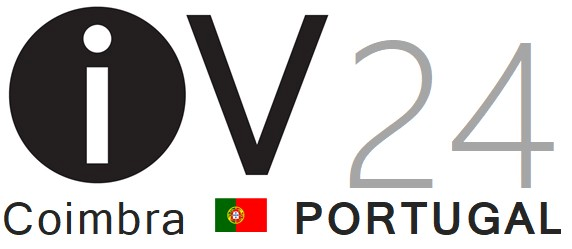2nd International Symposium Visualisation for the Heritage of Asia-Pacific Architecture and Urbanism
Many places in the Asia-Pacific are experiencing rapid development and urbanisation in the past few decades. This has presented many opportunities and dilemmas in both urban and rural built environment. Meanwhile, this status quo forms a heteroglossic context for built environment heritage with an entangled collision as well as cohesion between the old and new, virtual and real, physical and intangible, community and individual, and so forth.
Architecture and urbanism as art for people and place, what is the role of information visualisation for it? In terms of people, other than the ‘visual’ sense, multiple senses are involved in the experience of a space. Visualisation plays an important part of the formation of a meaningful place, but the visual factors are interrelated with many other factors. They can be the memory of a place, the track of everyday life, or an imagination of a utopian place.
The diverse visualisation approaches and technologies pose many interesting research questions. What is the role of visualisation in the heritage and what does this mean for the past, present and future? The answers may lie along the following paths: a visualisation-based investigation for exploring the history of the places, emerging technology and new approaches for heritage visualisation, architectural interaction with people, and an enquiry of what visualisation means for people and also for the built environment in different periods. As Nicholas Temple notes ‘role perspective as a redemptive view of order, whose appropriation of reality (into paradigmatic forms or representation) continues to influence the way architects perceive and define space’.
Papers, posters, and diverse forms of presentation are welcome in but not limited to the following areas:
- Visualisation in Asia-Pacific Built Environment
- Heritage Visualisation
- A View for Asia-Pacific and Beyond
- Visualisation for education in Built Environment
- Visualisation for Education in Arts
- Visualisation for education in Design
- Data Visualisation
- Culture Visualisation
- Narrative Visualisation
- Visualisation for People and Place
- Art, Design, Space and Visualisation
- Urban Fabric and Visualisation
- Visualisation for architectural design
- Visualisation for Urban Design
- Information Visualisation for Built Environment
- Digital Graphics and Visualisation in Built Environment
- Digital Design
- Visualisation for humanities in Built Environment
- Visualisation and Everyday Life
In addition to the publication of conference proceedings by CPS – Conference Publishing Services , selected papers from the conference, after further revisions, will be published in the special issues of the following journals:
• Journal of Chinese Architecture and Urbanism
• Developments in the Built Environment
General enquiries and submissions should be addressed to the Conference Co-ordinator
Symposium enquiries specific should be addressed to:
Victoria University, Melbourne, AU
Email: Hing-Wah.Chau@vu.edu.au
Victoria University, Melbourne, AU
Email: Mengbi.Li@vu.edu.au
